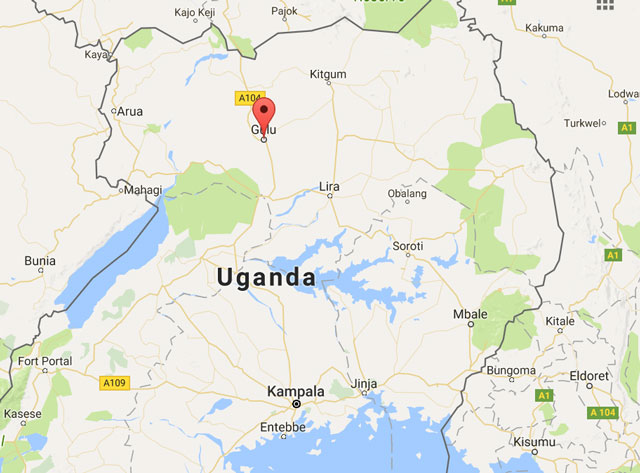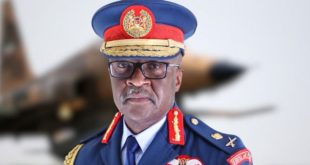
Akena says organisations like World Bank, African Development Bank and World Vision concentrated on secondary schools by building classrooms and laboratories as PRDP focused on the primary schools.
There was also a deliberate plan to establish schools in various areas to reduce the walking distance to an average of 2.5km.
Lukome SS, for example, and St Martin’s Primary school Lukome which is next to it are rebuilding and the young students and pupils sitting in the new classrooms have only vague memories of the war.
Founded in 1984 by the government with land donated by the Catholic Church, Lukome SS now boasts of modern laboratories and a growing student population that will hopefully soon have an A-level component.
Thomas Angulu, the headmaster of Lukome SS says the school returned to its original location in 2010 and several new blocks have been built under the northern Uganda Peace Recovery and Development Plan (PRDP). The new buildings stand out because of their gleaming iron-sheet roofs. There are two classroom blocks, each with two classes designed for at least ninety students each. There is also a new block of staff housing, and two laboratories and two more blocks built using World Bank money.
The school currently has 15 teachers and a student enrollment of 140 and the number will go up once A-level is opened. “Performance has not yet picked up. With improvement of performance, A-level will open up.” The school has not yet registered a first grade but Angulu is optimistic it will register one soon.
Omwoya, who teaches biology and physical education at Lukome prides in the fact that the school now has three UNEB examiners; himself, the headmaster Angulu and the Director of Studies Alfred Luwuum.
Angulu says challenges remain. “Many parents have not yet understood the USE concept. They think it is totally free. Government only contributes Shs41, 000.” He says the school fees is at Shs135, 000 but when parents are asked to contribute for anything minor, there is an uproar almost. He says they treat parents with a lot of understanding because of the past they are trying to bury.
“No one wants a situation where a parent is refusing to send their children to school when they are USE beneficiaries,” Angulu says.
St Martin’s Primary School Lukome, a few metres from the secondary school went through similar tales of displacement. Founded in 1958 by the White Brothers missionary group, the school was taken over by government decades later.
In 1996, it went through its first year of displacement and settled at Laliya primary school, 3km from Gulu town. 1n 2001, with the war not showing signs of dying down, St Martin’s primary sought refuge at Bungatira P7, another school on the edge of town. “Records of years in between are unavailable,” Christine Ojwyiya, the head teacher says.
The school returned in 2006 to its location although it struggled to pick up as majority of people were still living in Internally Displaced People’s (IDP) camps.
United States Agency for International Development (USAID) and World Vision have been funding the school with new classroom blocks. Sitting on about three acres, the school is now an 8 block facility with pupils from P1-P7 in different streams. Previously housing its students in one classroom block, the head teacher says plans are underway for expansion.
In the school compound are two classroom blocks undergoing construction by some of the school’s other donors. When The Independent visited, the second term had just opened and the headmistress scurried from one meeting to another as she and a few aides planned new schedules for co-curricular activities and other programs.
 The Independent Uganda: You get the Truth we Pay the Price
The Independent Uganda: You get the Truth we Pay the Price


